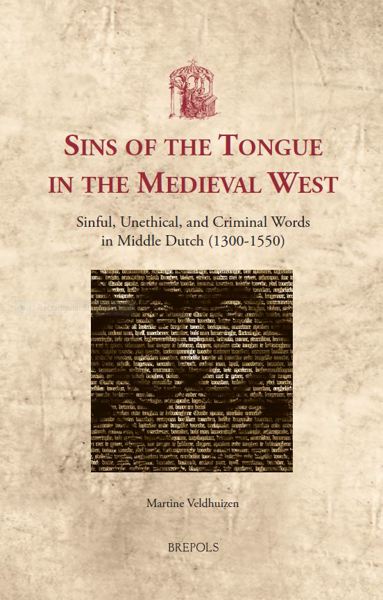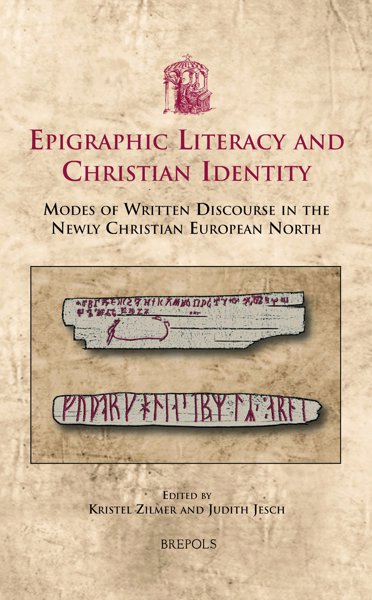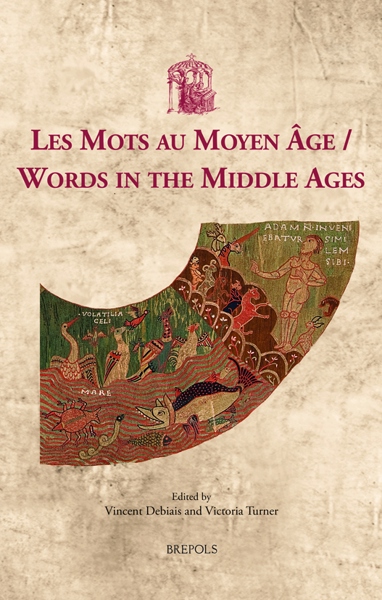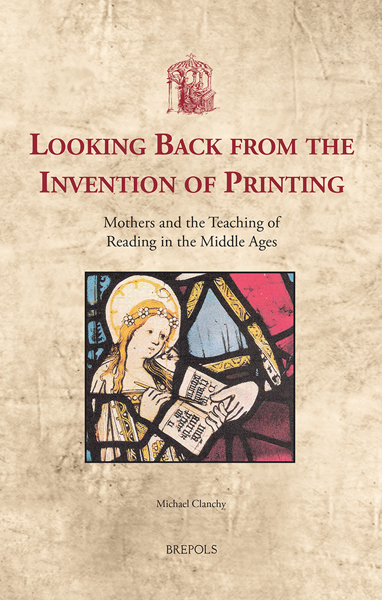
Medieval Women in Letters
Letters by Women, to Women, and about Women in Medieval Literatures
Elisabetta Bartoli (ed)
- Pages: xiv + 376 p.
- Size:156 x 234 mm
- Illustrations:2 b/w, 5 col., 4 tables b/w.
- Language(s):English, Italian, French
- Publication Year:2025
- € 110,00 EXCL. VAT RETAIL PRICE
- ISBN: 978-2-503-61681-0
- Hardback
- Available
- € 110,00 EXCL. VAT RETAIL PRICE
- ISBN: 978-2-503-62060-2
- E-book
- Forthcoming
- Contains contributions in Open Access
Collects specialists of various medieval literatures to reflect on the rhetorical, literary, thematic, and historical-cultural aspects of female epistolography.
Elisabetta Bartoli, the editor of the volume, is the PI of the MEWIL project, funded by Unisi. She teaches medieval Latin literature at Siena University and is Director of MedioEvA, a centre for the female medieval literature (Medioeva.unisi.it). Her principal research topics are the ars dictandi and female literature. She has published some critical editions and she edited (with Christian Hoegel), for Brepols, the volume Medieval Letters: between Fiction and Document (2015).
The letter was the most widespread means of communication in the Middle Ages and the most practiced literary genre also among women. This volume, produced under the auspices of the Medieval Women in Letters project from the MedioEvA Center (University of Siena, Rome Sapienza and Tours), explores the rhetorical, literary, thematic, and historical-cultural aspects of the female epistolography in the Middle Ages. Latin literature constitutes a cohesive element between the various vernacular languages that were establishing themselves during the Middle Ages, and this volume promotes the study of women’s literature and medieval woman by adopting a consistently comparative and translinguistic method, analyzing women’s literature in all the languages used in medieval Europe.
The methodology focuses on the literary tradition, especially the linguistic and philological spheres. Specialists in Germanic, Middle Latin, Romance, Arabic, Italian, and Byzantine literature discuss published and unpublished female letters, with particular focus on the main challenges that female writing in the Middle Ages presents, including: authorship, the relationship between copyist and author, the degree of female literacy, training structures, the role of writing in the various seasons of the Middle Ages, and the modern critical reception of female epistolography. As a result, this volume seeks to dismantle obsolete critical prejudices and redefine a literary canon that fully includes women.
Preface
Reflections on Women and Letters
JOAN M. FERRANTE
Le lettere delle principesse gote d’Italia
PAOLO MASTANDREA
Merovingian Female Letter-Writing: The Case of Caesaria II of Arles
DONATELLA MANZOLI
Arcana Imperii: Matilde a Canossa (1077) e Matelda "in Paradiso deliciarum"
CLAUDIA VILLA
La figura della monaca Emma nelle epistole poetiche di Balderico di Bourgeuil
ARMANDO BISANTI
Love and ‘Unlove’ in Medieval Women’s Letters
ELISABETTA BARTOLI
A nome di donne: Lettere di Boncompagno da Signa
PAOLO GARBINI
Qu’y a-t-il de féminin dans les lettres de Gherardesca de Battifolle à Marguerite de Brabant?
BENOÎT GRÉVIN
Représentation de soi et modèles d’écriture féminins dans l’épître d’amour française à voix de femme
SPERANZA CERULLO
L’Épitre à la reine de Christine de Pizan: une lettre de circonstance?
SYLVIE LEFÈVRE
De caritate tua diligenter confidens: The Correspondence between Boniface and Eadburg
CLAUDIA DI SCIACCA
Olympias and the Others: Female Correspondence in the Byzantine Alexander Romance
TOMMASO BRACCINI
"Wasalat ruq‘atu-ki ...": Female Letters in Ahmad Zakī Ṣafwat’s Ğamharat Rasâ ‘il al-‘Arab: Presence and Absence of Women in Medieval Arabic Letter-Writing
PEDRO BUENDÍA
Andrea Acciaiuoli: Une femme de Lettres
SABRINA FERRARA
Women Writing to Women in Lapa Acciauoli’s Correspondence
ELSA FILOSA
"Fa scrivere a me perch’io appari": Donne e lettere nelle carte Brancacci
ALESSIA VALENTI
Antifemmicidio di Cereta
FEDERICO SANGUINETI
Notes on Contributors




